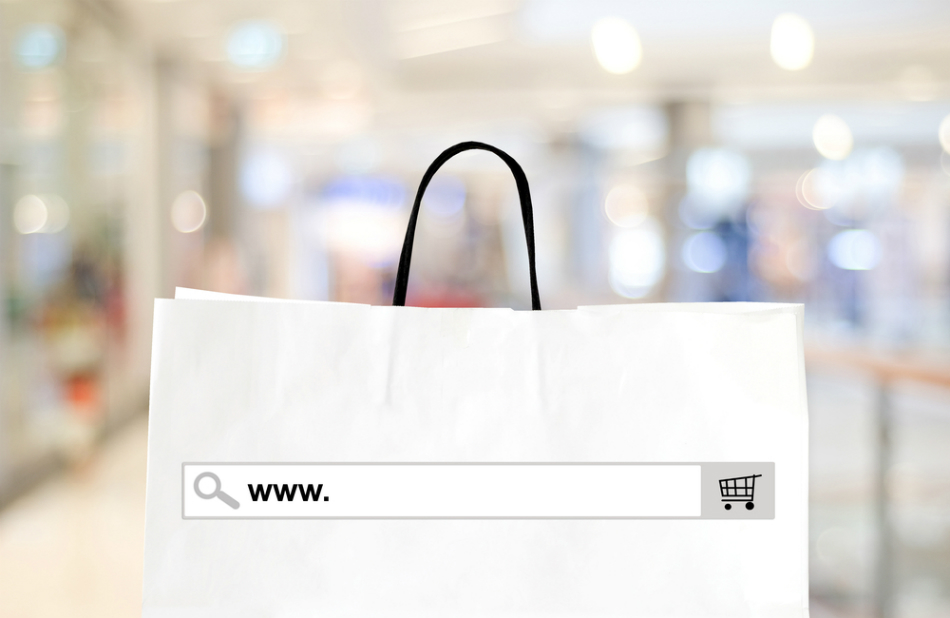Multichannel Selling: The Right Move Forward or Too Many Things at the Same Time?(Part 1)

The more places your company and products exist online, the easier it is for someone to find you and buy from you. That sounds amazing, but it camouflages the sheer amount of work it takes to keep your channels running and profitable.
There’s a whole lot to discover for e-commerce and multichannel retail, and we want to look at where it can all go right or terribly wrong. So, we’ll review the triforce of multichannel efforts, some core concerns, and a few specific areas you must get right to understand if it’s all worth it for your specific company.
What Is E-commerce Multichannel Retail?
Multichannel sales have changed significantly since the term was first brought into the popular domain. It now covers more than just making products available to customers generally online and in-store. That early focus was often for brick-and-mortar stores expanding into the growing world of digital, which came with its own set of unique challenges as stores turned from large-scale shipping to locations to fulfillment direct to the consumer when a product is sold online.
The E-commerce space introduces further complexity — which, thankfully, software can now manage for most brands — of understanding demand and orders across a variety of online locations. Now, your multichannel efforts tend to consist of providing products on your website, through marketplaces like eBay and Amazon, on social channels such as Facebook and Twitter, and whatever comes next.
That next is often a result of search, such as how you can now order some products through virtual assistants. While they’re locked in closed gardens (buying only from Amazon, iTunes or the soon-to-be TV App, etc.), every such digital revolution we’ve seen has eventually opened up to include a variety of third-party sources.
So, your new multichannel e-commerce selling efforts are designed to distribute your products across as many apps, marketplaces, shopping and search engines, social, and other digital channels focused on letting customers browse and buy how they prefer.
Good news: Software can do much of this heavy lifting thanks to data standards, APIs, and integrations, so you’re not coding things yourself or having to update product availability for each channel manually. Payment is one area where you’ve got some genuinely savvy options.
Bad news: New channels are always emerging, and consumer trends often flow to new channels, so you’re always going to have a mix of staples and an ever-changing roster of newbies that require effort and thought to do well. For instance, Facebook’s own study shows young people are paying less attention to it now, especially when it comes to videos and video ads.
Tough news: The challenge is never going to go away, and channels will likely continue to grow. So, to capture your audience and then build loyalty, you’re going to need to be visible and buyable on the channels they use.


